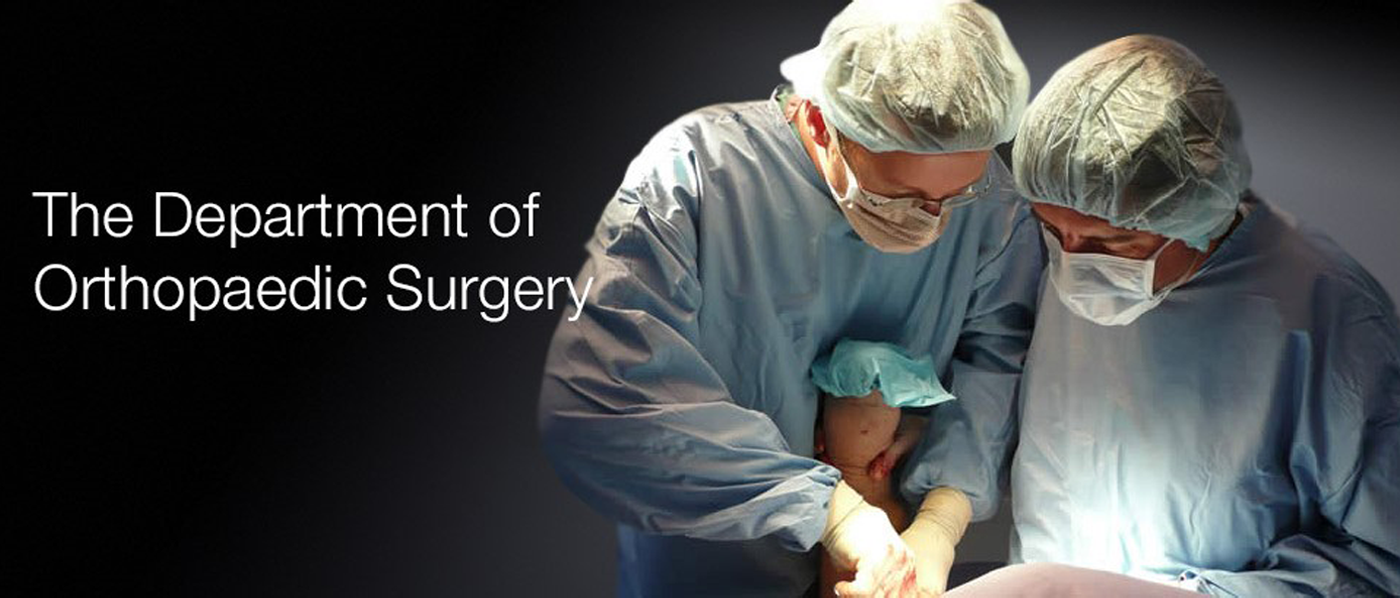
Professional Medical Service Of Orthopaedics
The spine, which is also called the backbone or spinal column, is one of the strongest parts of the body and gives us a great deal of flexibility and strength. It’s made up of 24 bones, The spinal cord passes inside the vertebrae, which protect it. The spinal cord connects to the brain through the base of the skull and to the rest of the body by nerves that pass through spaces between the bones of the spine. These nerves are also known as nerve roots.
Advantage Orthopedics
Medicate is a long established fact that a reader will be distracted by the readable content of a page when looking at its layout. Lorem Ipsum is simply dummy text of the printing and typesetting industry. Lorem Ipsum has been the industry’s standard dummy text ever since.


What should I know about back pain?
Back pain is a very common problem and will affect many of us at some point during our lives.
How your back works?
The spine, which is also called the backbone or spinal column, is one of the strongest parts of the body and gives us a great deal of flexibility and strength.
It’s made up of 24 bones, The spinal cord passes inside the vertebrae, which protect it.
The spinal cord connects to the brain through the base of the skull and to the rest of the body by nerves that pass through spaces between the bones of the spine. These nerves are also known as nerve roots.
Causes :
Often back pain doesn’t have one simple cause but may be due to one or more of the following:
poor posture.
lack of exercise resulting in stiffening of the spine and weak muscles
muscle strains or sprains.
As well as the things listed above, there are also specific conditions which are linked with pain felt in the back.
Spondylosis :
known as osteophytes, may form at the edges of the vertebrae and facet joints.
The medical term for this is spondylosis and is very similar to the changes caused by OSTEOARTHRITIS in other joints.
Keeping the spine supple and the muscles around the spine and pelvis strong, will reduce the impact of spondylosis.
Sciatica :
Back pain is sometimes linked with pain in the legs, and there may be numbness or a tingling feeling. This is called sciatica.
This is due to a nerve in the spine being pressed on or squeezed, In most cases, sciatica is caused by a bulging disc pressing on the nerve.
Spinal stenosis :
Sometimes back pain is linked with pain in the legs which starts after you start walking for a few minutes, and then tends to get better very quickly when you sit down. This is known as spinal stenosis.
This can happen from birth or can develop as we get older.
Diagnosis is made by:
- X-ray :
These images show the alignment of your bones and whether you have arthritis or broken bones. - MRI or CT scans :
These scans generate images that can reveal herniated disks or problems with bones, muscles, tissue, tendons, nerves, ligaments and blood vessels. - Blood tests :
These can help determine whether you have an infection or other condition that might be causing your pain. - Bone scan :
In rare cases, your doctor might use a bone scan to look for bone tumors or compression fractures caused by osteoporosis. - Nerve studies :
Electromyography (EMG) measures the electrical impulses produced by the nerves and the responses of your muscles.
Replacing a Bad Knee :
Knee replacement surgery can help with severe arthritis pain and may help you walk easier too. Wear and tear, illness, or a knee injury can damage the cartilage around your knee bones and keep the joint from working well. If arthritis symptoms are severe, your doctor may suggest knee replacement.
What Is Knee Replacement?
During knee replacement surgery, the surgeon takes damaged cartilage and bone out of the knee joint and replaces them with a manmade joint. The operation is also called knee arthroplasty, and it’s one of the most common bone surgeries . In some cases, it can be done robotically.
Symptoms of Knee Arthritis :
Common types of arthritis are osteoarthritis, rheumatoid arthritis, and arthritis that happens after an injury. No matter what type you have, the main symptoms of knee arthritis are pain, swelling, and stiffness in the knee. Over time, it may get so stiff that walking is hard or even impossible. You might have other symptoms too, depending on your type of arthritis.
Osteoarthritis of the Knee?
The cartilage that cushions the knee joint can wear away as you age, so that bone rubs against bone. The result: Normal motions of the knee get more and more painful. This “wear and tear” is called osteoarthritis, and it is most common in people over 50.
What Happens During Surgery?
Knee replacement usually takes 1 to 2 hours. The surgeon removes damaged cartilage and bone from the knee. Then the doctor attaches metal implants to the ends of the thigh and calf bones. A plastic spacer goes between the metal pieces and helps the new joint move smoothly.
- The latest method for knee replacement surgery.
Robotic Prosthetic Surgery :
robotic technology has started to gain a place the field of orthopedics. Robotic technology is used in hip and knee joint replacement surgeries in the field of orthopedics.
Robotic surgery:
involves auxiliary systems used in knee or hip replacement surgeries. The operation performed with the help of robotic systems under the control of the surgeon. The most important features of Robotic Surgery include that the bone incisions planned to be made in the surgery are designed preoperatively in the computer environment, component positions are adjusted optimally, and bone incisions are made flawlessly with the help of a robotic arm.
